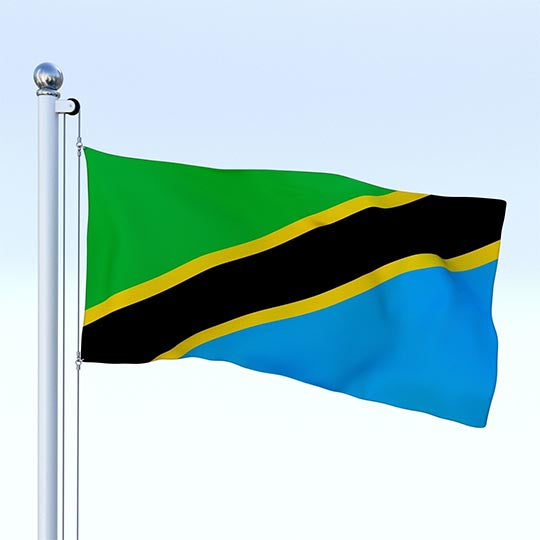
Tobacco Growing in Tanzania
Share
Tobacco was first introduced to Tanzania by Arab traders in the 16th century, who brought the crop from the Persian Gulf region. However, tobacco cultivation did not become widespread in Tanzania until the late 19th century, during the German colonial period.
During this time, tobacco was grown primarily in the Usambara Mountains in northeastern Tanzania, where the cool, high-altitude climate was well-suited for tobacco cultivation. The German colonial authorities encouraged tobacco cultivation as a cash crop, and tobacco quickly became one of Tanzania's major exports.

Tanzania is part of the African triumverate of tobacco production. Malawi and Zimbabwe are the other two partners in the production of Nicotiana tabacum. These rich lands share the common waters of Lake Malawi. These productive lands are on the south eastern coast straight across the Mozambique Channel from Madagascar.
Tanzanian tobacco has been used to produce nasal snuff, a traditional tobacco product that is popular in many parts of Africa. In fact, Tanzania is one of the largest producers of tobacco in Africa, and much of the tobacco grown in the country is used for making various tobacco products, including nasal snuff.
Tanzanian nasal snuff is typically made from finely ground tobacco leaves that are mixed with various other ingredients, such as ash, charcoal, or spices, to give it a unique flavor. The snuff is then sniffed into the nostrils, where it is absorbed through the nasal mucosa.

Today, Tanzania remains an important tobacco-producing country, with tobacco farming and processing providing a significant source of employment and income for many rural communities.
